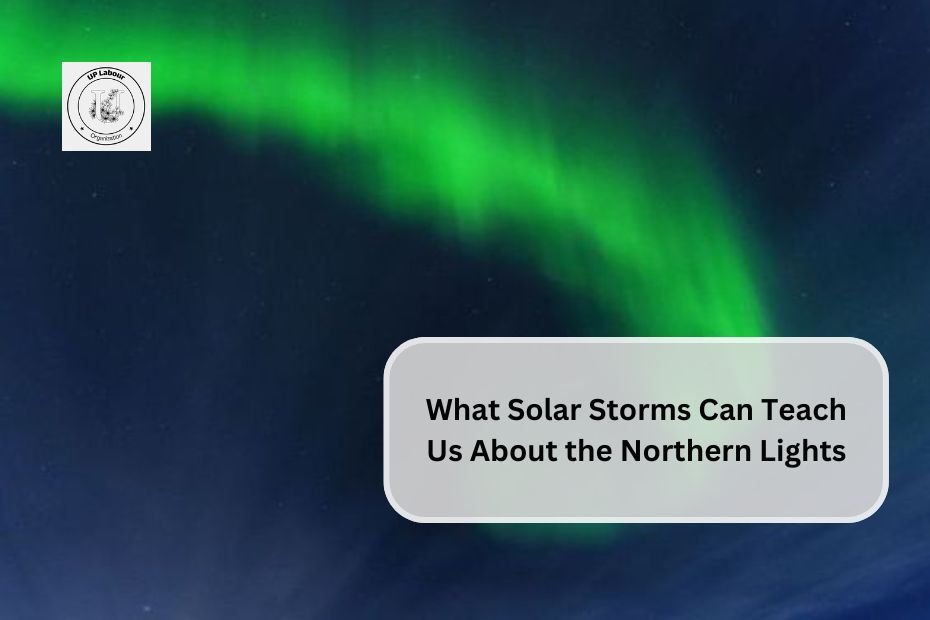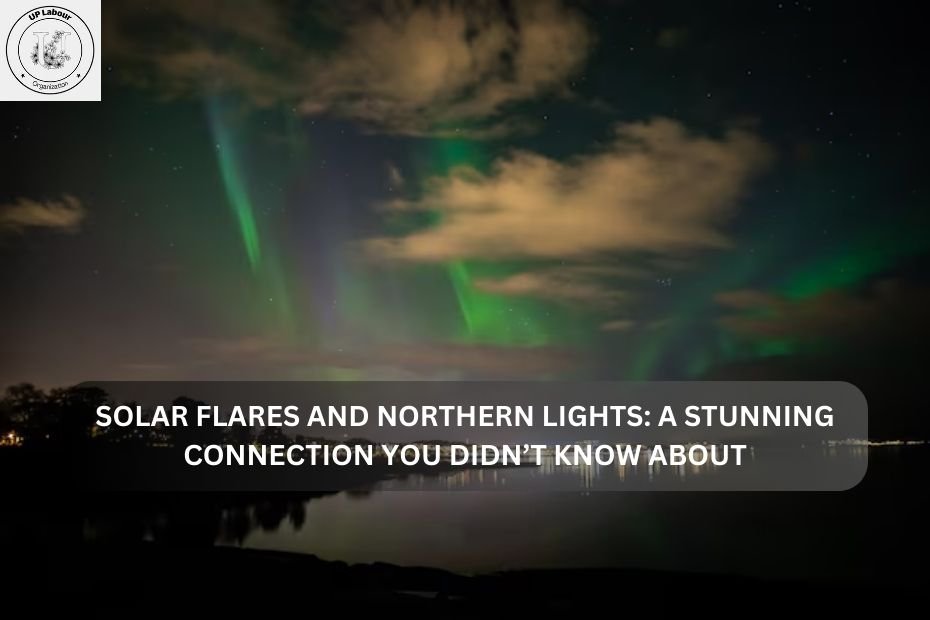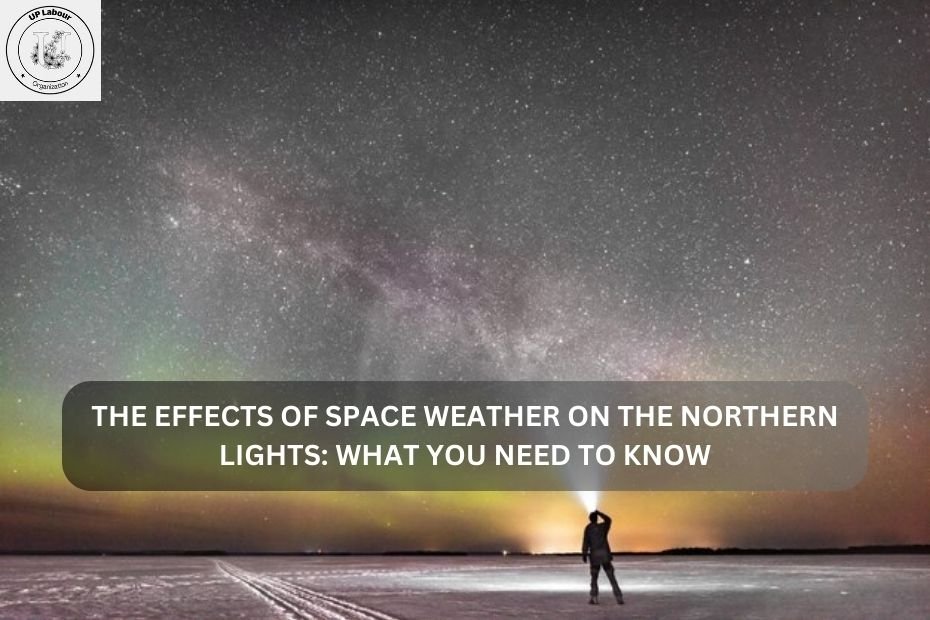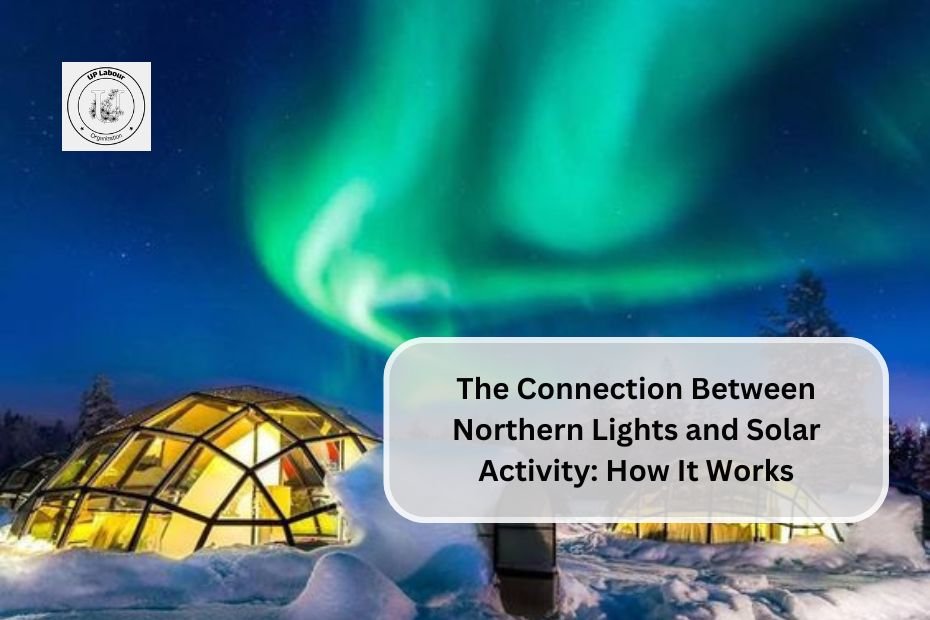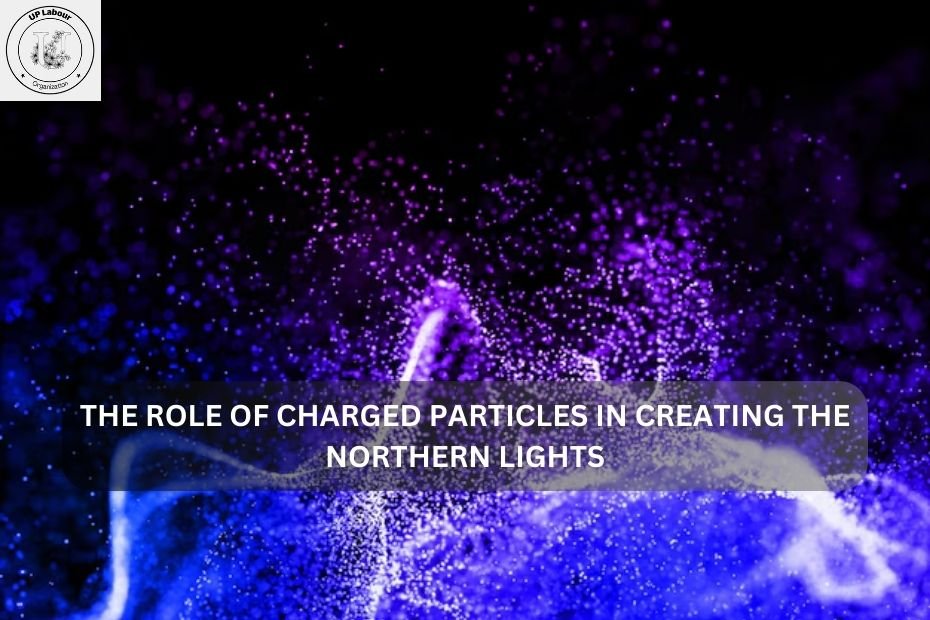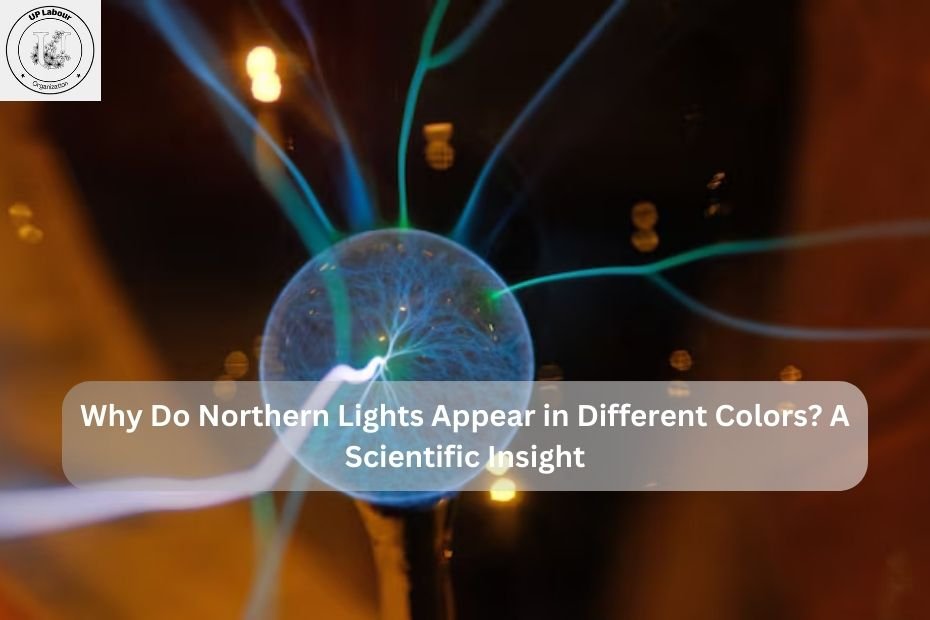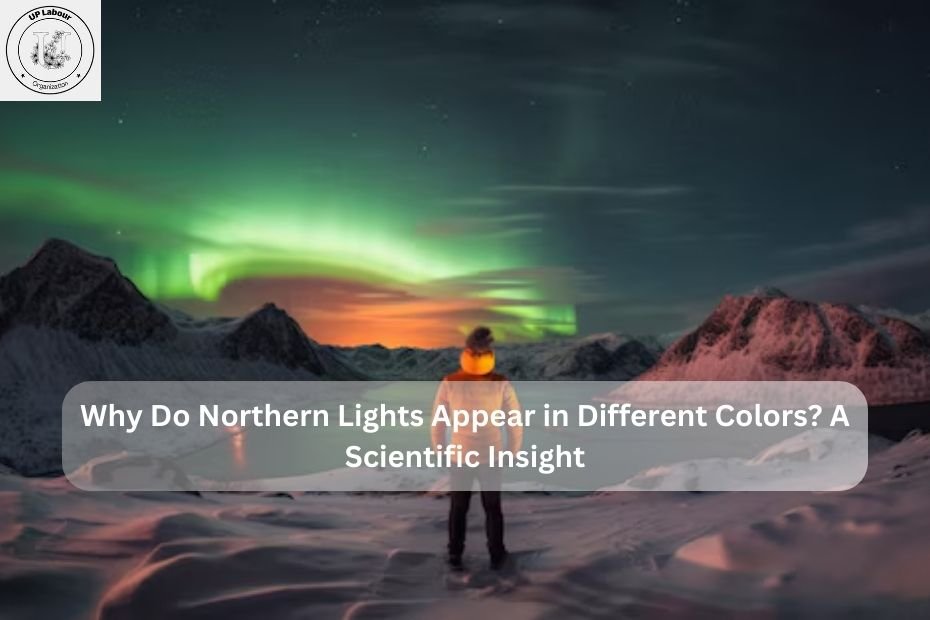Space Weather 101: How Sunspots Affect the Northern Lights
The Northern Lights, or aurora borealis, are a captivating natural phenomenon caused by interactions between solar activity and Earth’s atmosphere. One of the key contributors to this solar activity is sunspots, which play a significant role in determining the intensity and frequency of auroras. Understanding how sunspots affect the Northern Lights involves exploring their connection … Read more


